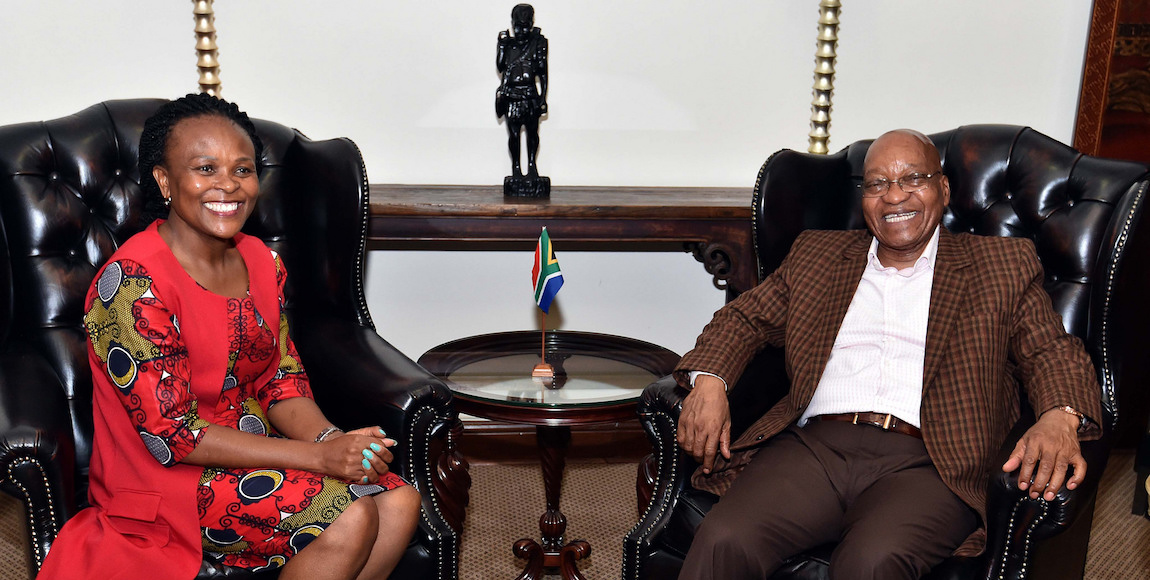Questions have been raised about the Public Protector, Busisiwe Mkhwebane’s fitness for office. But under what circumstances can the Public Protector be removed? Safura Abdool Karim explains.
On September 12 2017, the South African Reserve Bank filed an affidavit containing evidence of a meeting between the Public Protector, Busisiwe Mkhwebane, President Zuma’s legal advisors and the State Security Agency that took place earlier this year. According to the Public Protector’s notes of the meeting (which were attached to the affidavit) she discussed amending the constitutional authority of the Reserve Bank to protect the country’s currency.
Following this meeting, the Bankorp Report was released by the Office of the Public Protector, and recommended remedial action which, among other things, would see the Constitution amended to change the Reserve Bank’s authority. This remedial action was set aside in August 2017.
According Mkwebane, her meeting with the president’s legal advisors was to ‘clarify’ information relating the report and that she was permitted to consult with the presidency on the recommendations and how they would be implemented.
But the Constitution explicitly requires the Public Protector to perform her functions independently and prohibits any person or organ of state from interfering with the functioning of the Public Protector. If the president and his office were ‘consulted’ on the kind of remedial action Mkhwebane should take, there can be no question that the the independence of the Public Protector has been undermined.
On Wednesday, a spokesperson for the Office of the Public Protector, attempted to explain that the meeting took place under section 7(9) of the Public Protector Act. Section 7(9) requires that the Public Protector give a person implicated in her investigation an opportunity to respond. Given that President Zuma was in no way implicated in her investigations into the Absa bailout, the meeting could not have taken place under the Act.
The question then is what should happen if the Public Protector’s independence is compromised or if the Public Protector demonstrates that she is not familiar with the laws that regulate her office?
The Public Protector is only accountable to one organ of state: Parliament. As a result, it is only Parliament that can remove Mkhwebane from office. Under section 184 of the Constitution, the Public Protector may only be removed if certain conditions are met. First, a committee of the National Assembly must find that the Public Protector is incapacitated, incompetent or has committed misconduct. Second, the National Assembly must adopt a resolution calling for the Public Protector to be removed from office. It is worth noting that like a motion of no confidence, this resolution does require the support of two thirds of the National Assembly. Following the adoption of the resolution, the president must remove the Public Protector from office.
While the process is a lengthy one, there are strong grounds for a committee to find that, at the very least, Mkhwebane is incompetent. However, this finding will then need to be passed by a majority of Parliament. Whether this can be achieved in the current political climate is unclear.









